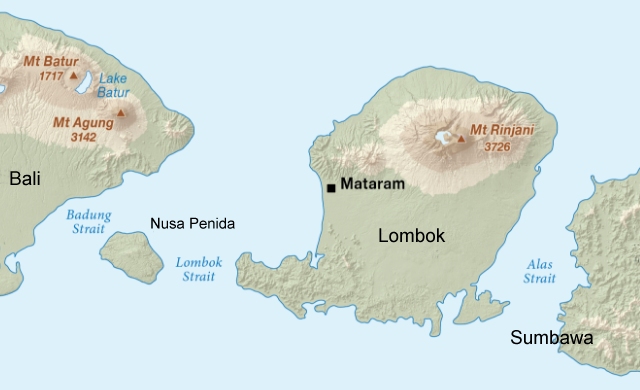Sokong - long considered lost[This article is a stub, to be elaborated.] Lombok's Sasak ikat (except modern yardage made with chemical dyes), is very rare. So rare that, as Maxwell states "there are only occasional references to these textiles in any account of Sasak weaving". The opening sentence of the single page Lombok chapter in Gittinger's highly regarded Splendid Symbols is revealing: "The textile heritage of Lombok includes extremely modest cotton that are sacred in nature. Visually they are unassuming, being made of coarsely spun fibres joined in a loose plain weave and bearing ornamentation of simple stripes." It was true at the time, as most people were unaware that more assuming textiles had been made in the past. And the few who did know were convinced that they were all gone. Not a single one of such textiles was collected during the colonial period. Hence it caused quite a sensation when a small number of old ceremonial Lombok ikat textiles called sokong or anak n�n� ('child of the ancestors'), showed up in the 1970s.These sokong were made by Sasak people living in the Bayan region, in the foothills of Mt. Rinjani in northern Lombok, who adhere to the Wetu Telu religion, a syncretic belief that combines animism with a thin overlay of Islam. Central to this belief are respect for nature, especially the towering volcano Mt. Rinjani, ancestors and other spirits. The Wetu Telu have a long history of conflict with adherents of orthodox Islam, on Lombok called Waktu Lima, who accuse them of heterodoxy. The Wetu Telu on the other hand censure the Waktu Lima for neglecting the old rules of adat, an important aspect of which is the respect for and use of sacred water, aiq mel-mel, which protects the believers from illnesses and misfortune. Drawn from springs at the foot of Mt. Rinjani, it is made sacred by using it to wash the gongs of a village's gamelan. The priests, pemangku, who went to the springs to fetch the water would wear a sokong as headdress. Sokong were executed, not in warp ikat � as are practically all cotton ikat textiles in the Indonesian archipelago except the kain cepuk of neighbouring Nusa Penida and Bali � but in weft ikat, which is more difficult and more time consuming. The design of sokong tends to be fairly simple, consisting of numerous narrow bands and stripes of shimmering patterns, though it is clear from two very early examples in the Yale collection that designs were more complex in the past, and became more rudimentary over time. |



